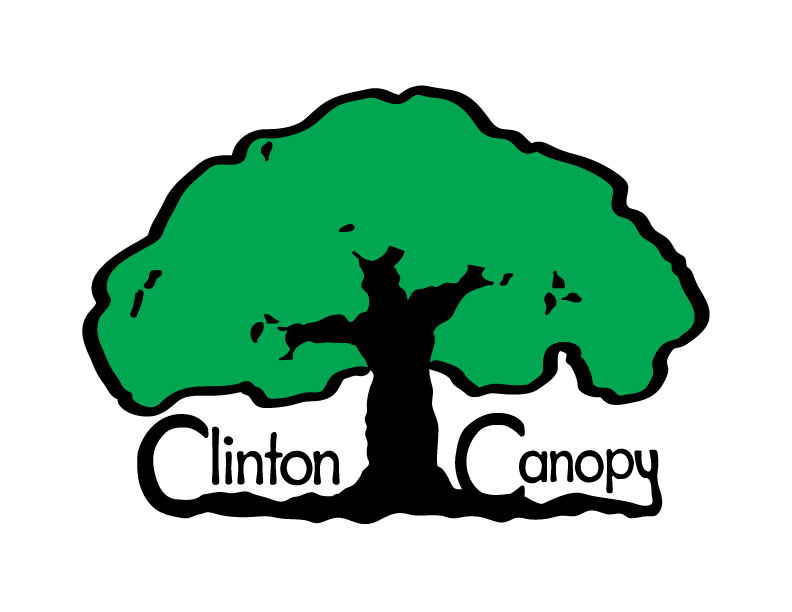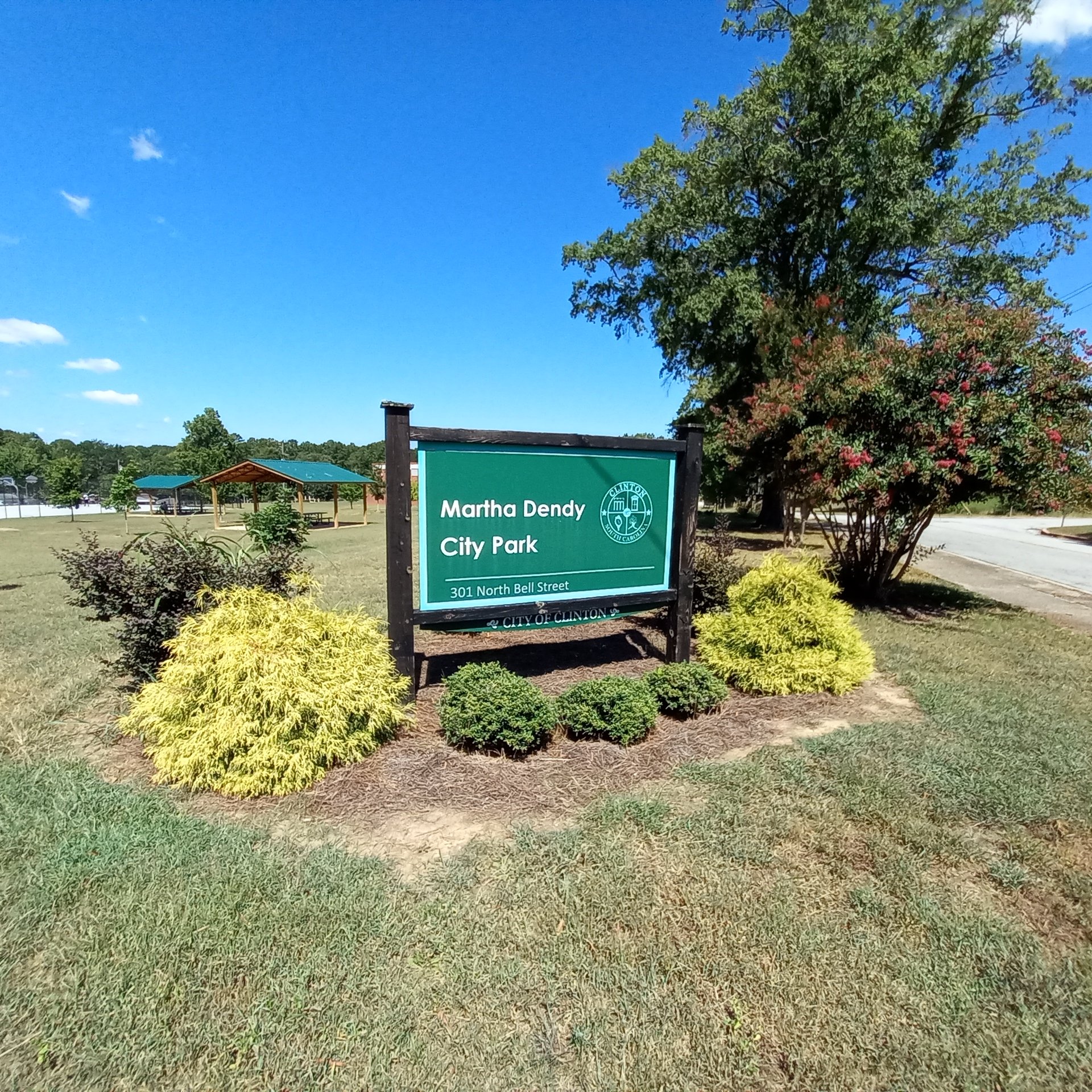What is a Bioswale?
A bioswale is a feature added to a landscape that helps to channel water and manage the amount of water flow at any one time. Changes in topography such as terraces and ditches help to direct water to desired areas. The areas that then receive the bulk of the water runoff are improved both with soil improvements and vegetation to help the water soak into the ground instead of continuing to flow.
Martha Dendy’s bioswale may appear to just be a garden to the casual observer; however, it is placed precisely to receive as much water as possible from the basketball court and parking lot and to keep that water from continuing further downhill. The location of the garden works to reduce erosion and to eliminate standing water. The soil is much looser in the bioswale than in the surrounding compacted driving areas and grass. The garden plants were chosen intentionally to maximize the benefit of this green space in addition to increasing the beauty of the park.
The bioswale garden provides multiple environmental services. The plants in this garden help to purify the water that they take in, and they release this clean water into the air. The garden consists of plants native to South Carolina, plants that are perfectly adapted to survive the local conditions without much need for fertilizers, pesticides, or irrigation. Native plants provide the exact food source and shelter for native insects, protecting species that often are harmed by chemicals used on introduced plants. Each different species of plant contributes in a slightly different way. Some have deep, long roots that reach nutrients stored deep underground and others have shallow, wide roots that hold topsoil in place. Some grow tall to provide necessary shade for other plants and some spread out and keep the ground cool. Each shape, size, and color of stem, leaf, and flower is specifically formed for that plant’s survival needs and to support other species it depends upon.
Why did Martha Dendy Park need a Bioswale?
In 2019, the South Carolina Department of Health and Environmental Control (DHEC) found a big problem at this park - runoff from storms was entering the sewer system. The sewer system is no place for the relatively clean water that falls from the sky. The addition of this surface water to a system designed to hold the dirtiest water humans produce meant 1) all of the water that entered the sewer system unintentionally became more contaminated and 2) the system needed to clean and sanitize a much larger quantity of water than expected.
Normally, storm water drains into ditches and pipes that carry it to natural bodies of water like the nearby Beards Fork Creek. But the Martha Dendy Park has several factors that cause large amounts of water to flow downhill at once, factors like the large paved surface of the basketball court. The basketball court is at the highest point of the park. The paved surface doesn’t allow water to be absorbed into the soil, so most of the rainwater runs towards the parking lot to get down the hill. Even rain falling on the surrounding grassy areas doesn’t soak in - local soils are mostly clay, and clay doesn’t let much water in!
The problems associated with the movement of water after heavy rains combined with deterioration of the pipes of the sewer system and their connections. Clinton had a water problem that, in addition to raising costs by needing to clean more water and dirtier water, could easily lead to significant health problems for the community. DHEC required a solution and the City of Clinton began to collaborate with the community to plan for the Martha Dendy Bioswale.
The Community
The Martha Dendy Bioswale is the result of innovative ideas, caring people, and many helping hands. The Department of Public Works and Utilities managed the green infrastructure project to ensure that all regulations were met and requirements fulfilled as well as completing the sewer system repairs and heavy equipment portions of the project. Clinton Canopy, a local organization of volunteers who improve the city’s green spaces, received grant funding from TD Bank’s Green Space Grant. Volunteers from Clinton Canopy worked alongside local high school students and neighborhood residents to implement the garden.
Martha Dendy Bioswale Plant list:
American Beautyberry
Black-eyed Susan
Blazing Star
Blue Mistflower
Butterfly Weed
Buttonbush
Common Milkweed
Frost Aster
Giant Goldenrod
Goldenrod 'Fireworks'
Hubricht's Bluestar
Northern Spicebush
Pink Muhly Grass
Red Swamp Hibiscus
Southern Wax Myrtle
Spotted Joe Pye Weed
Turtlehead
White Ginger Lily
Yellow Flag Iris
Martha Dendy Park Plant list:
Trees
Cypress 'Carolina Sapphire'
Dynamite Crape myrtle
Eastern Redbud
Fringe tree
Kousa dogwood
Lace bark elm
Natchez White Crape myrtle
Red maple 'October Glory'
Scarlet Oak
Shumard Oak 2019
Vitex, Chaste tree
Willow Oak
Shrubs
Autumn Embers Azalea
Autumn Fire Azalea
Blueberry, southern highbush
Holly, 'Soft Touch'
Ligustrum 'Sunshine'
Loropetalum 'Ever Red'
Fig, brown turkey
False Cypress 'Gold Mop'
Pink Muhly grass
Sasanqua 'Yuletide'










